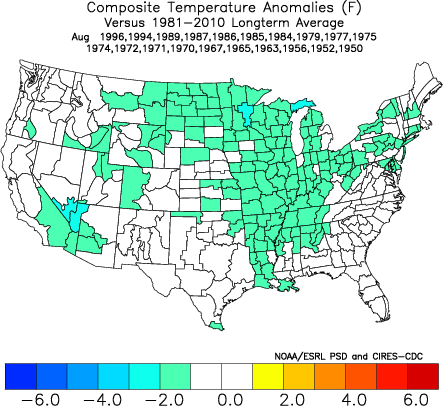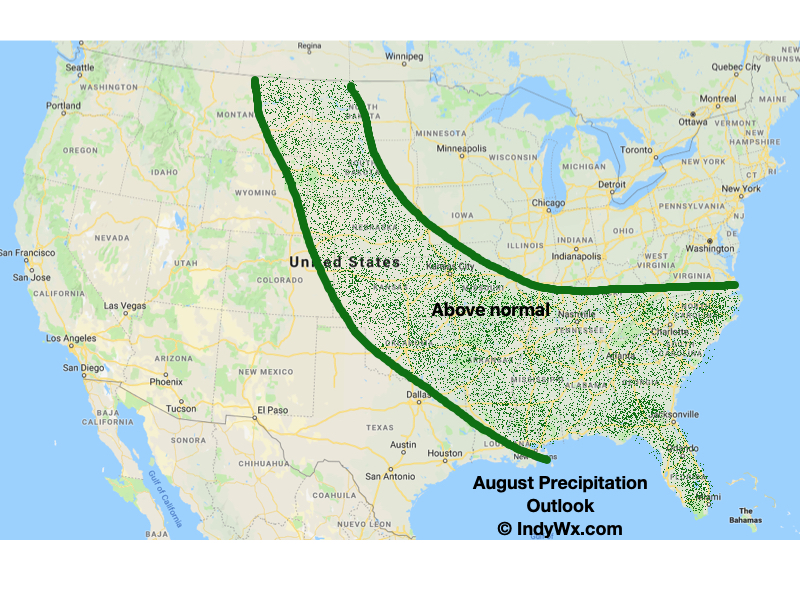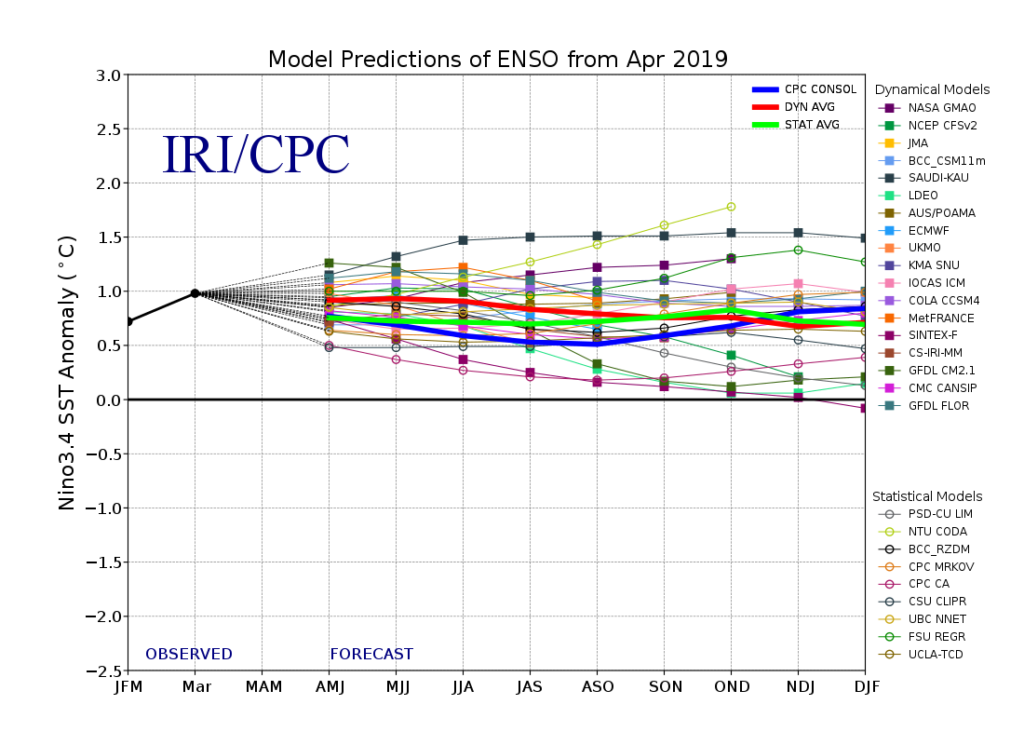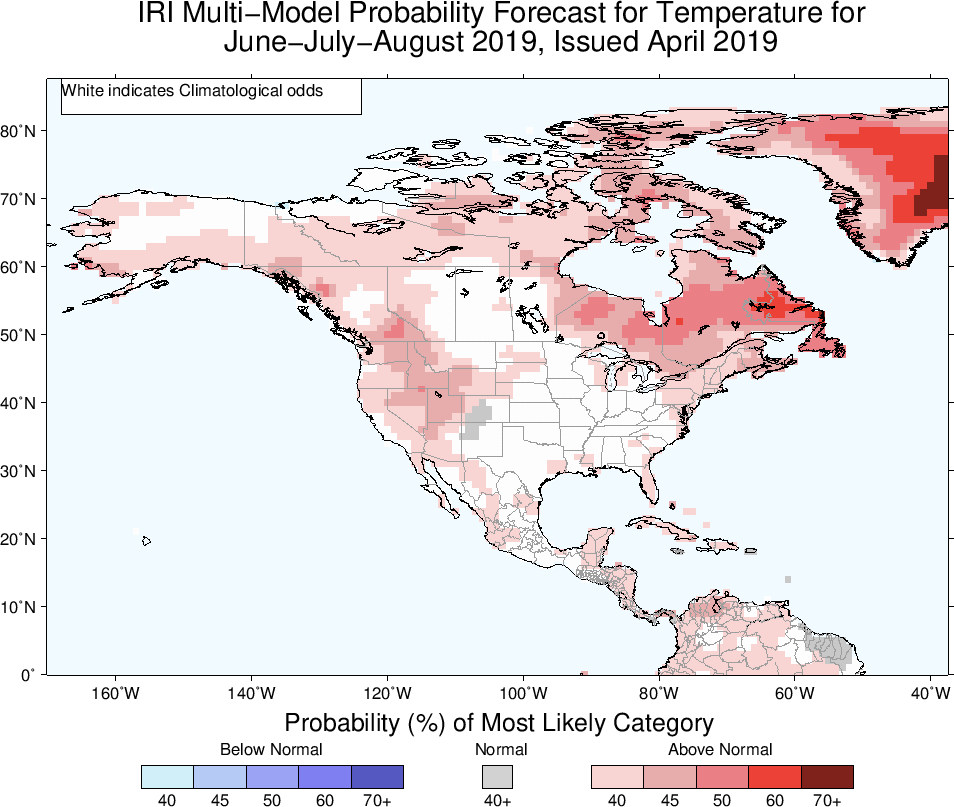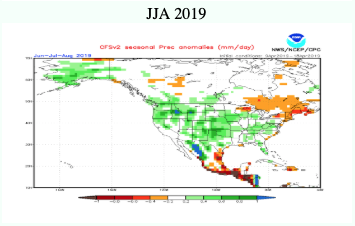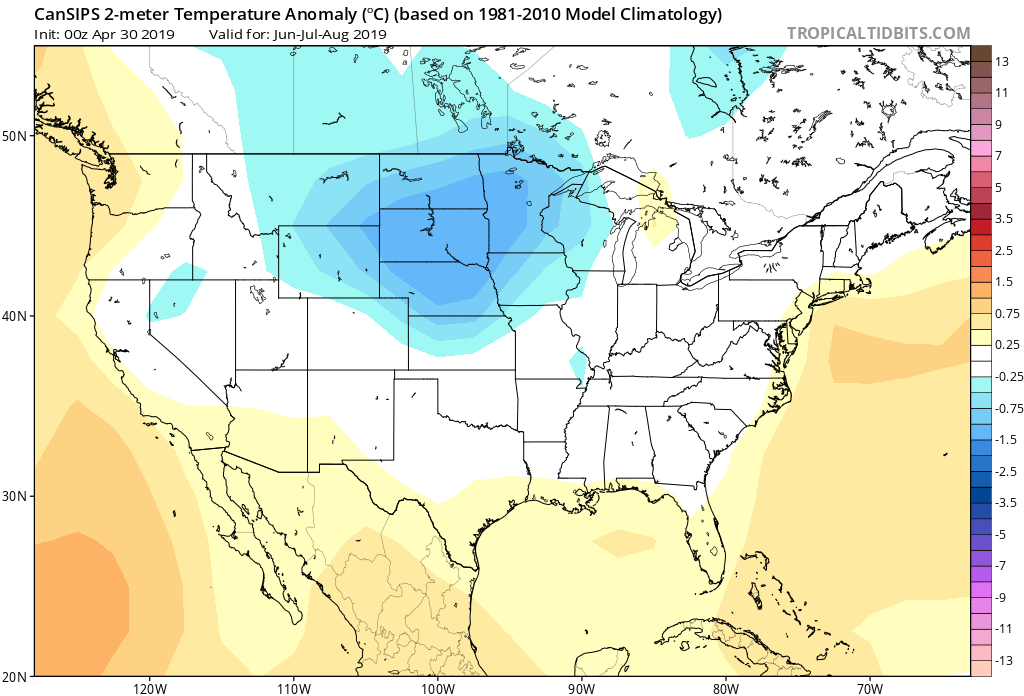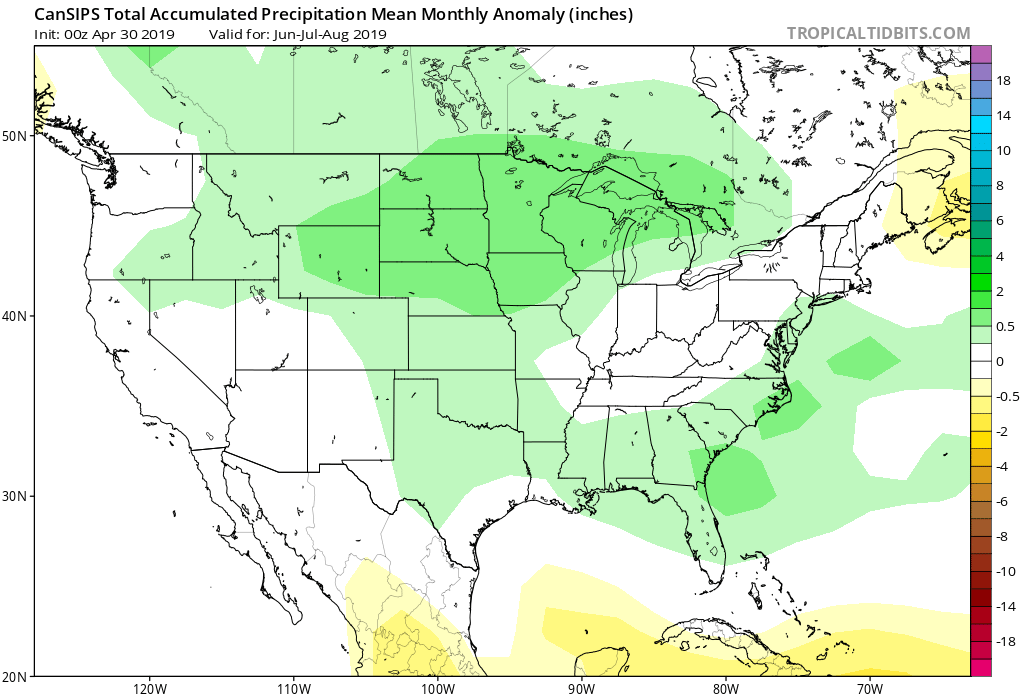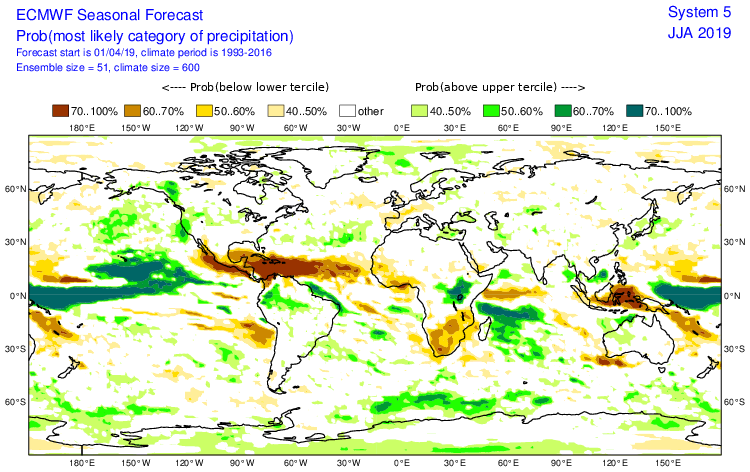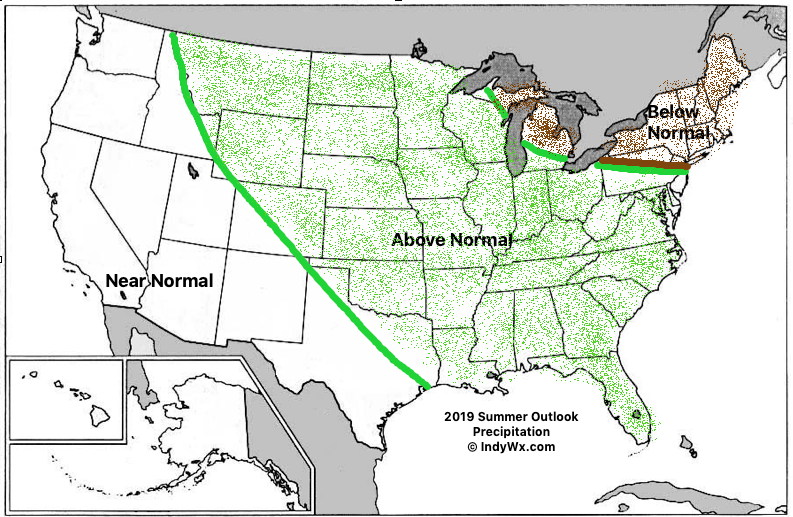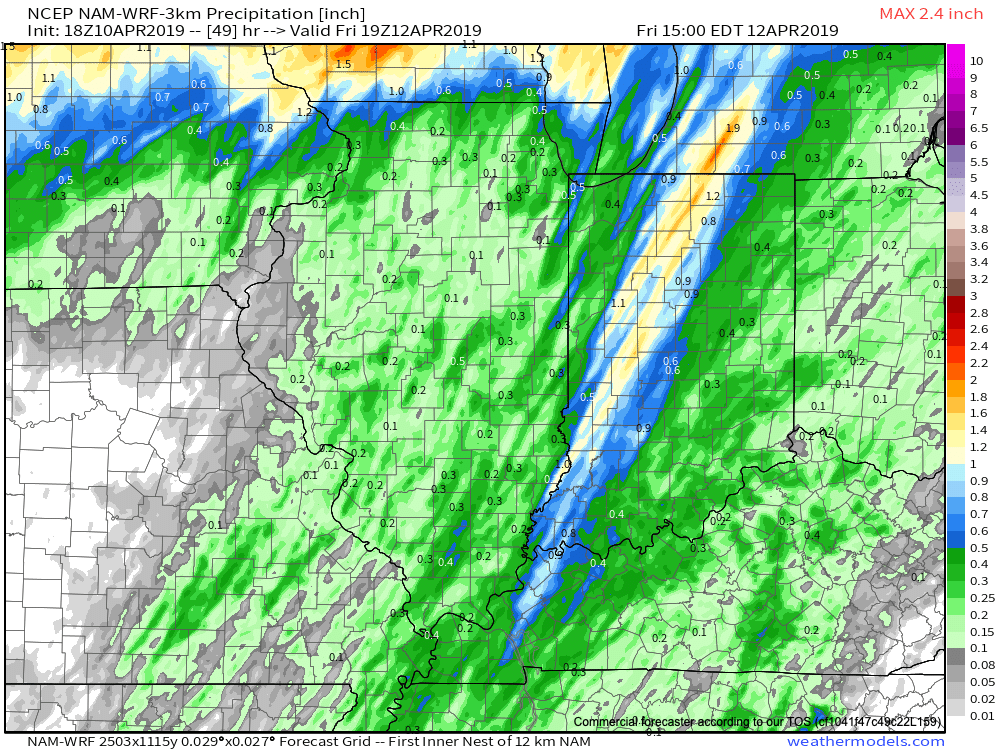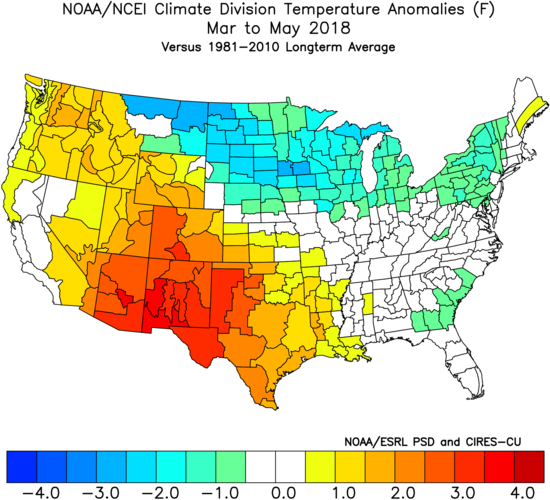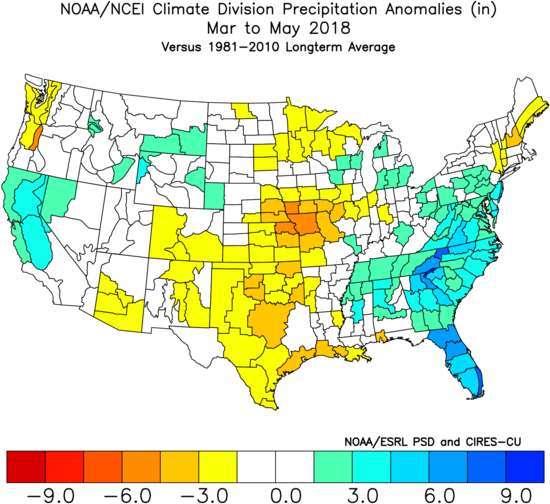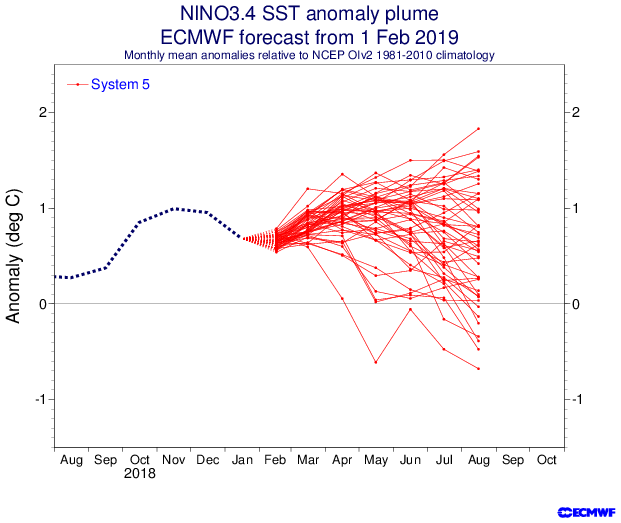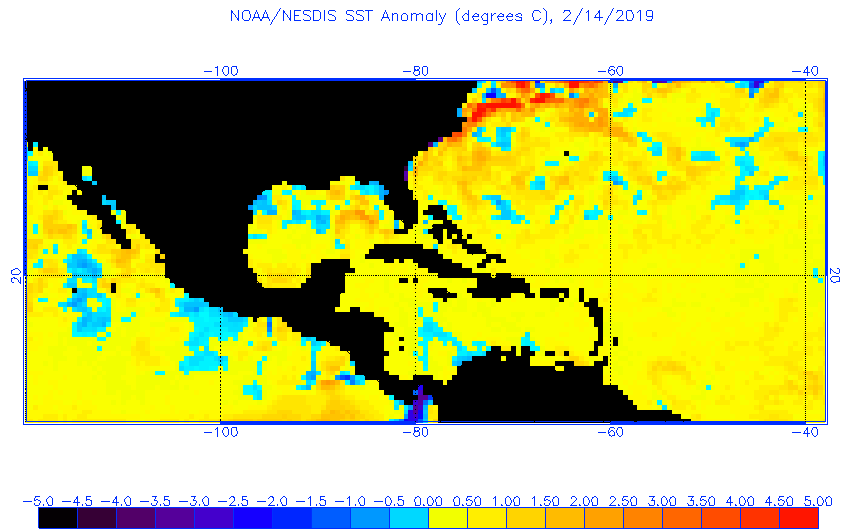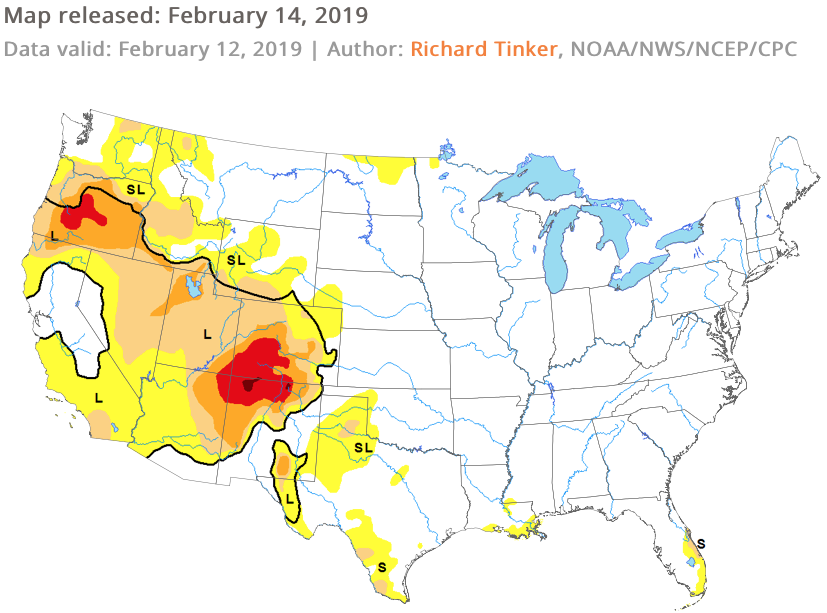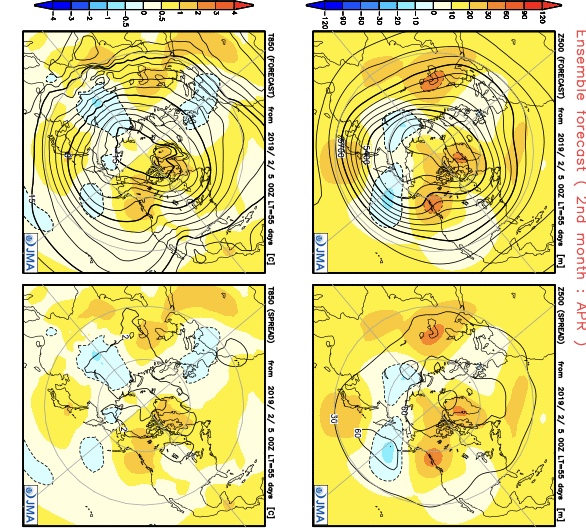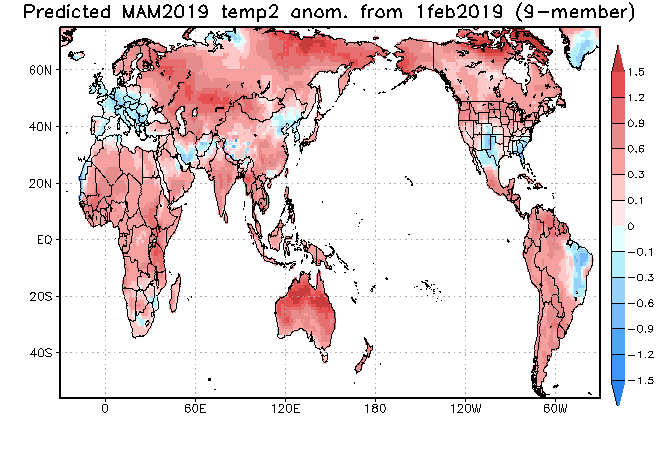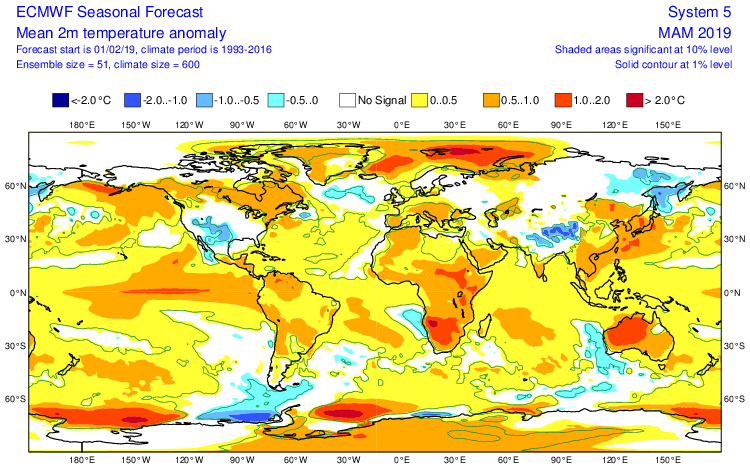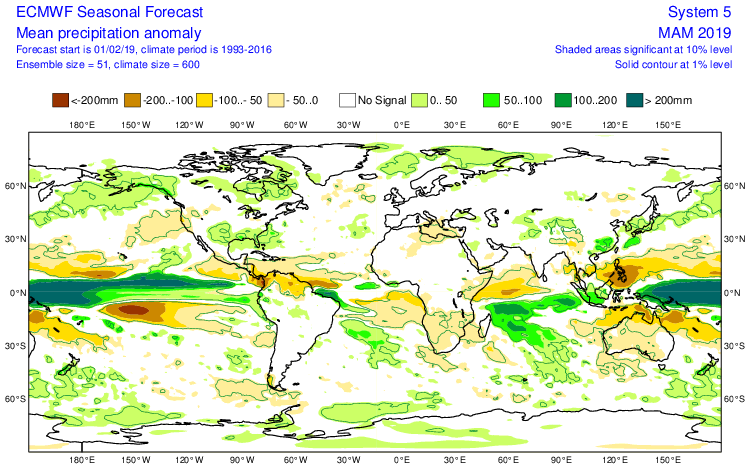I. Drier air continues to surge south and with it will come much cooler temperatures overnight into Tuesday morning. We still believe most central Indiana reporting sites will fall into the middle 50s Tuesday morning. Turn off that A/C and open up those windows!
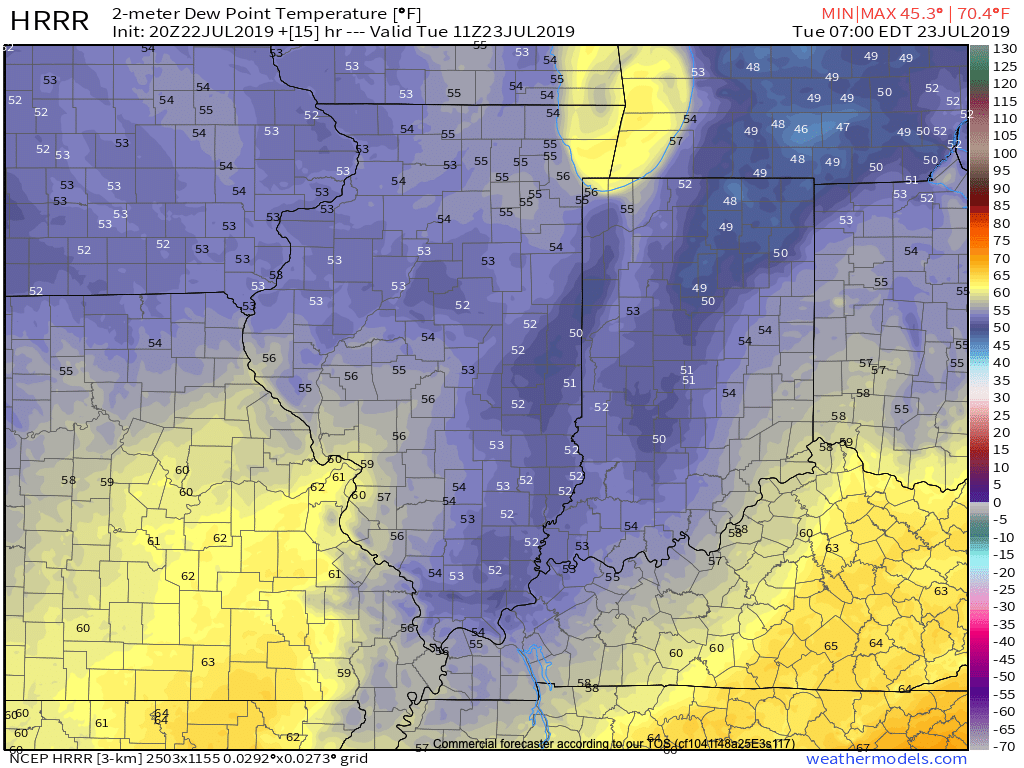
II. Weak upper level energy will push south and lead to isolated to widely scattered instability-driven showers across northern parts of the state tomorrow afternoon. A couple of these quick-moving showers could scoot into central Indiana, but we continue to believe most will remain free of any precipitation tomorrow.
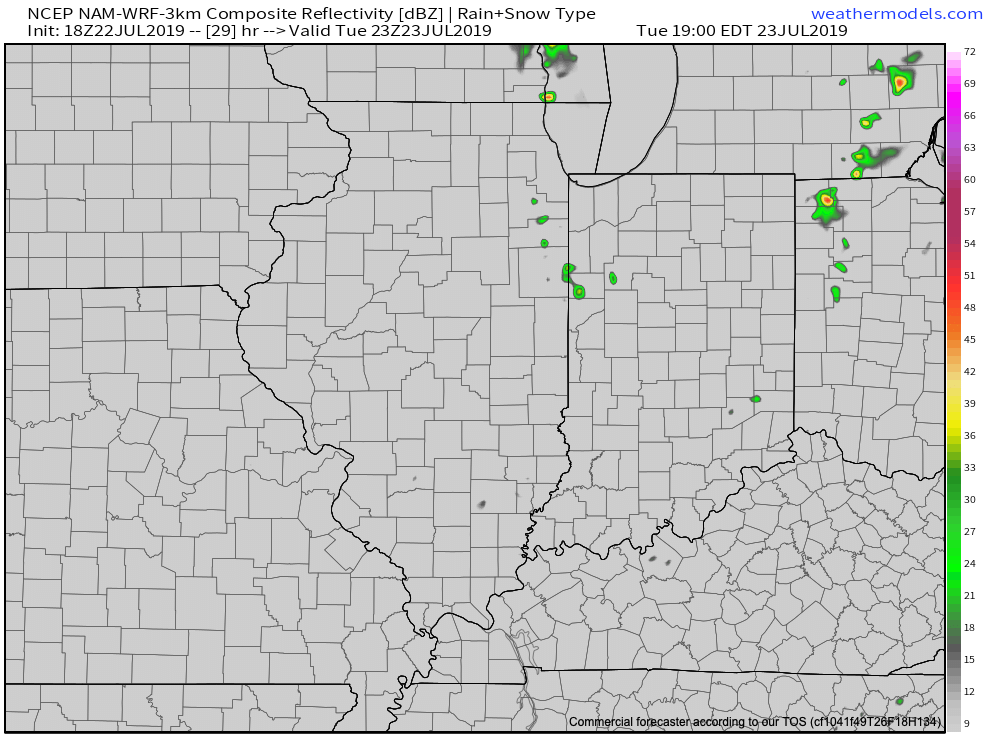
III. Overall, we’re looking at a very quiet weather pattern through the weekend with an extended period of dry weather, thanks to high pressure. Temperatures will slowly warm from the unseasonably cool and refreshing levels into mid week to more of a seasonal feel this weekend.
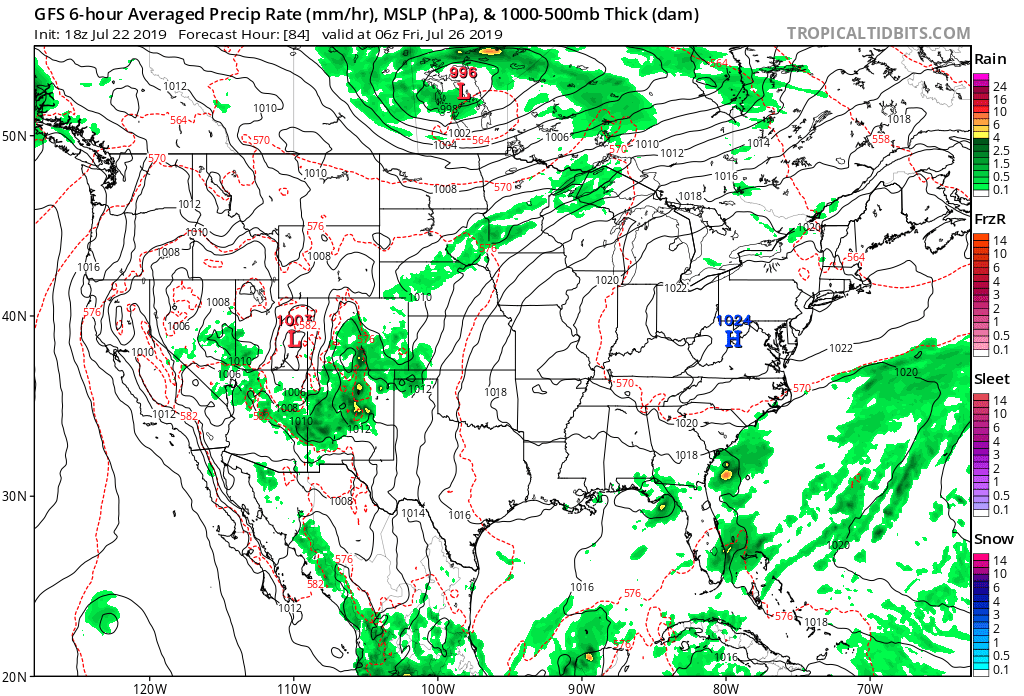
IV. As we look ahead, the upper air pattern should transition to more of a classic summer-like regime to open August. However, data shows the ridge continuing to “retrograde” west with time, resulting in a period of wetter conditions with a northwest flow aloft Days 10-15 (roughly Aug 2nd- Aug 7th). It’s always good to see agreement between the European and GFS ensemble products below.
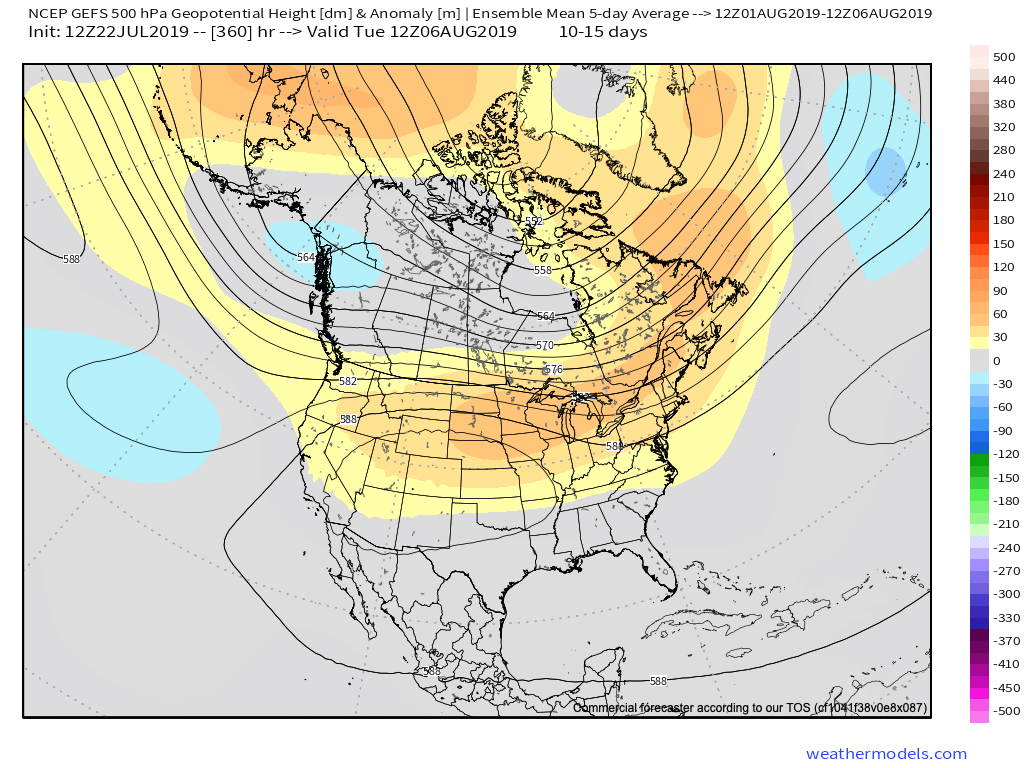
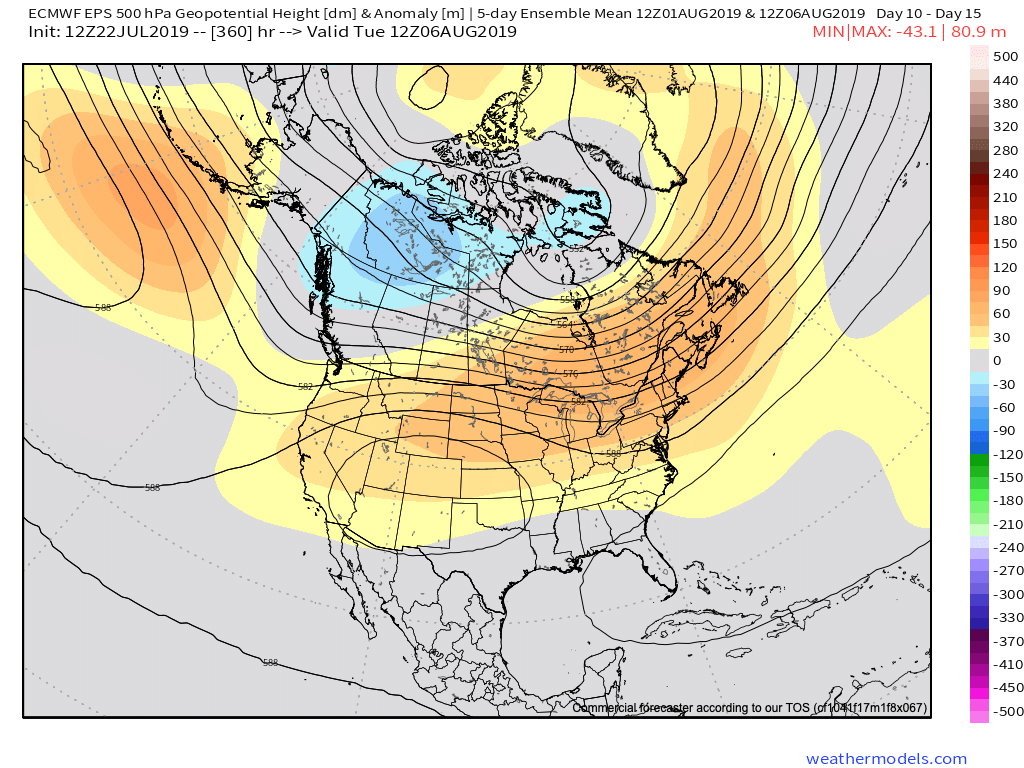
V. Research continues on the upcoming fall and winter and it’s becoming increasingly difficult to ignore the warm sea-surface temperatures across the northeastern Pacific. Interestingly, most seasonal model data maintains this warm “blob” into the late fall and early winter. Note where we are currently (center photo) vs. where the projection off the UKMET (top left) for Oct-Dec and European (bottom left) for Nov-Jan.
While only 1 of several ingredients used in building our seasonal outlooks, this can promote the tendency for more persistent western ridging and downstream trough (associated colder pattern) across the East…





